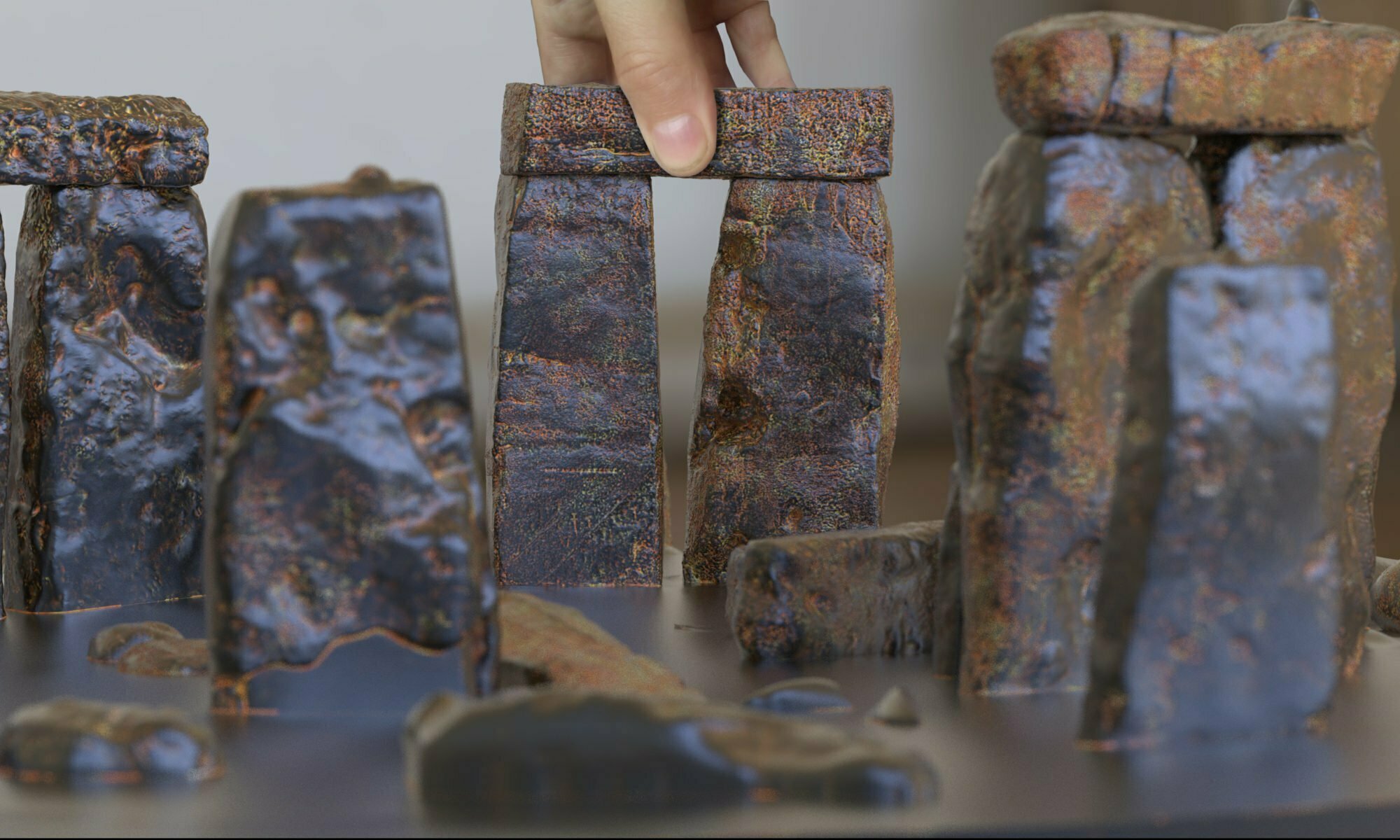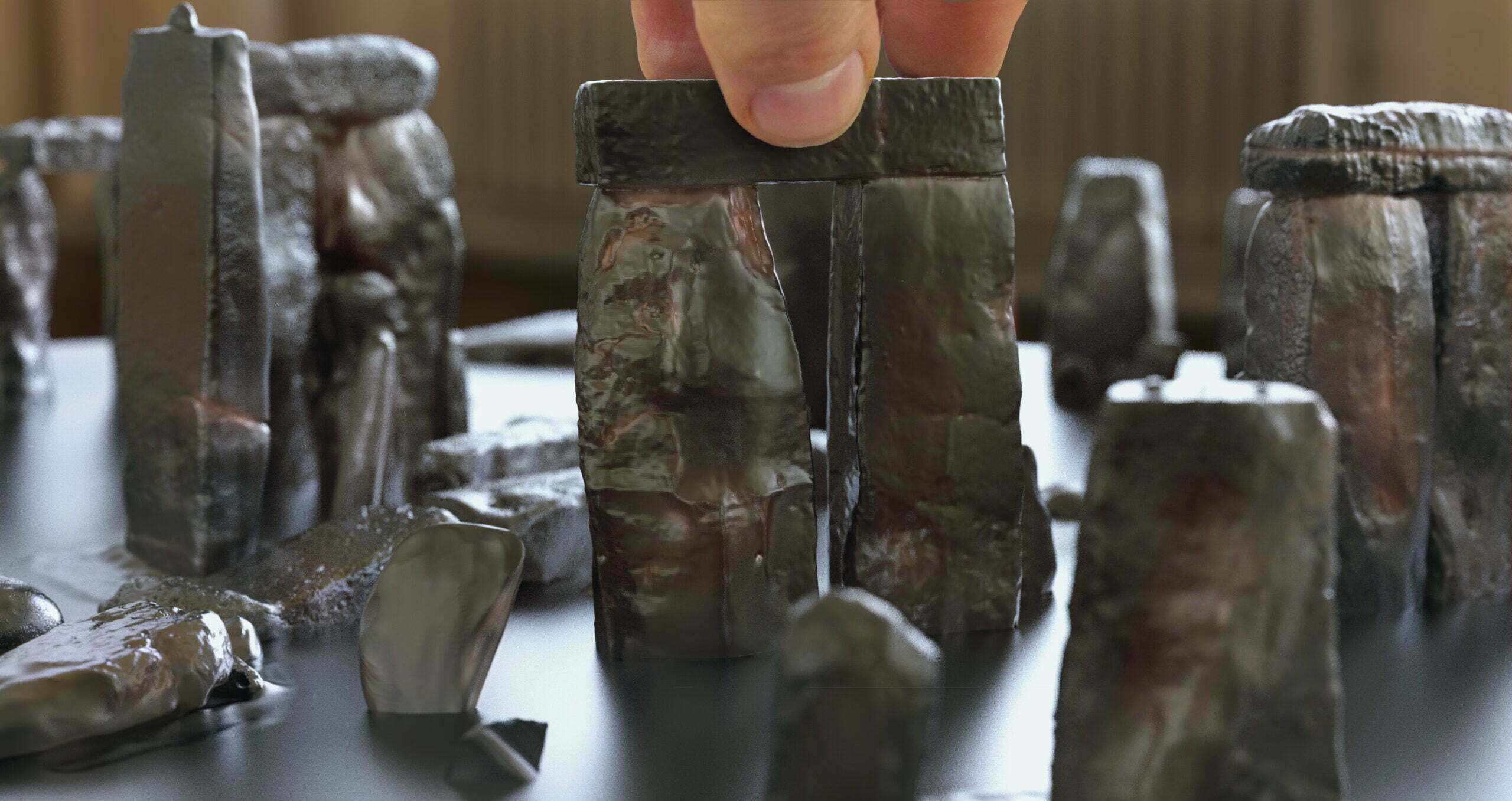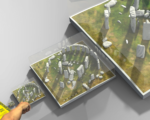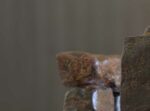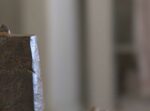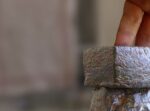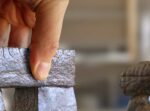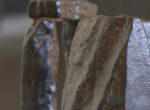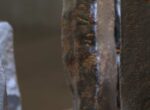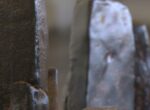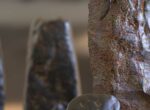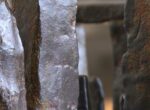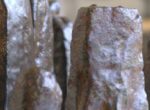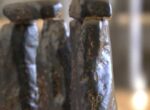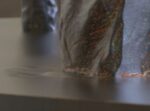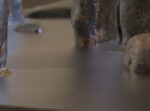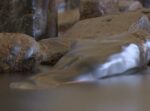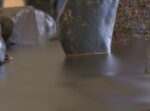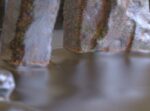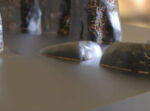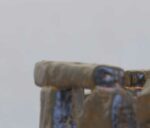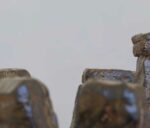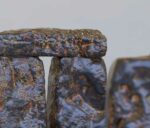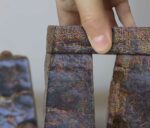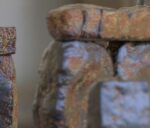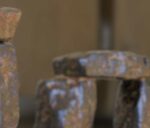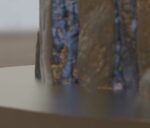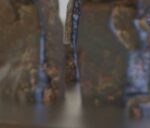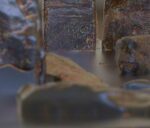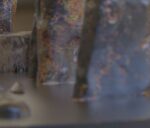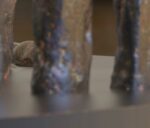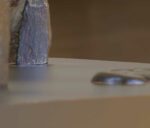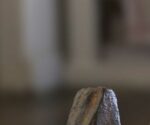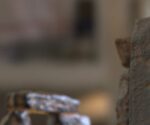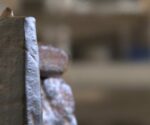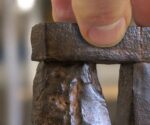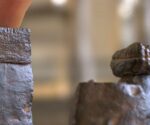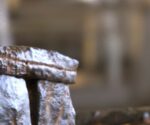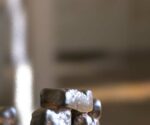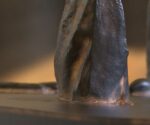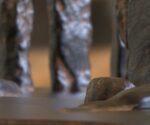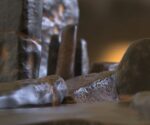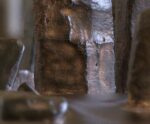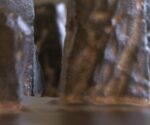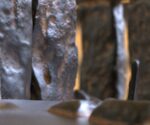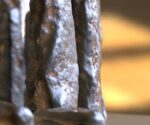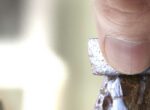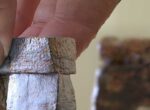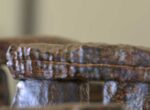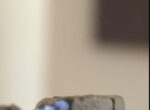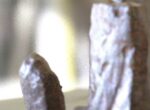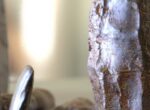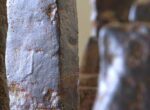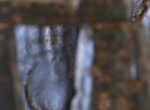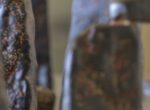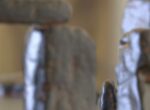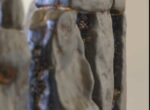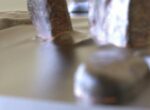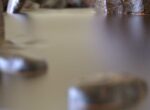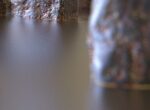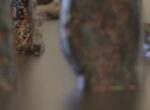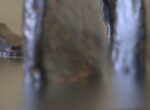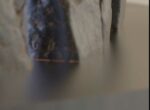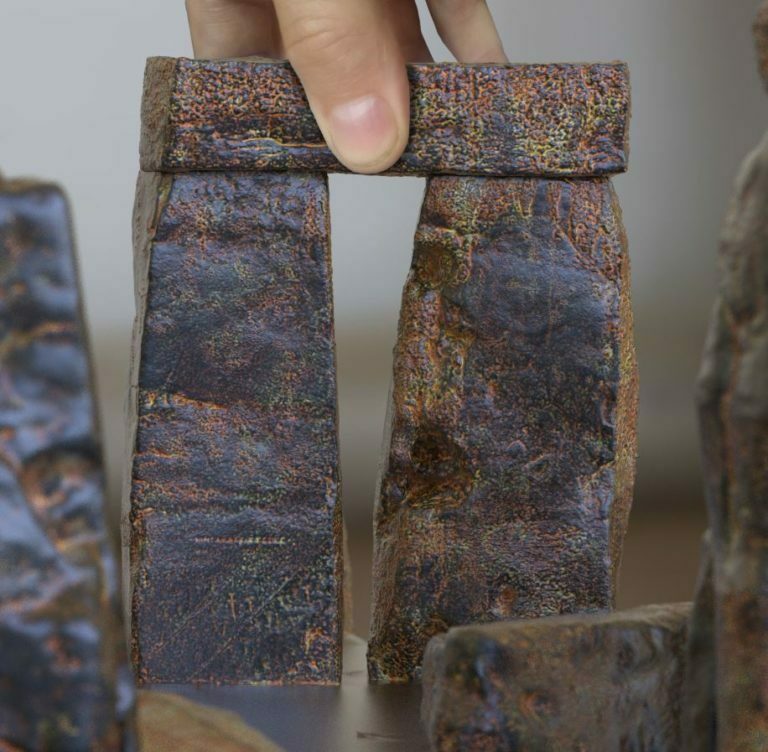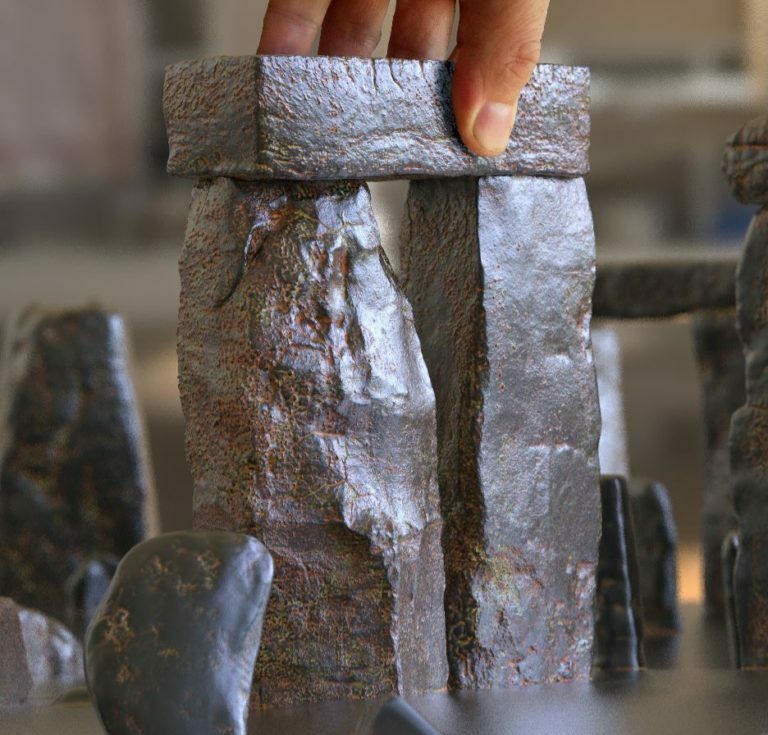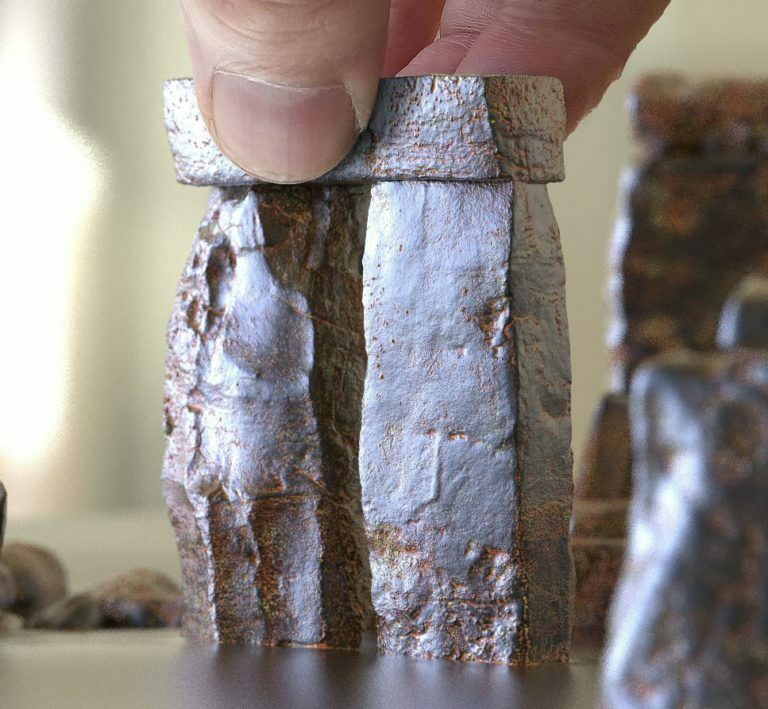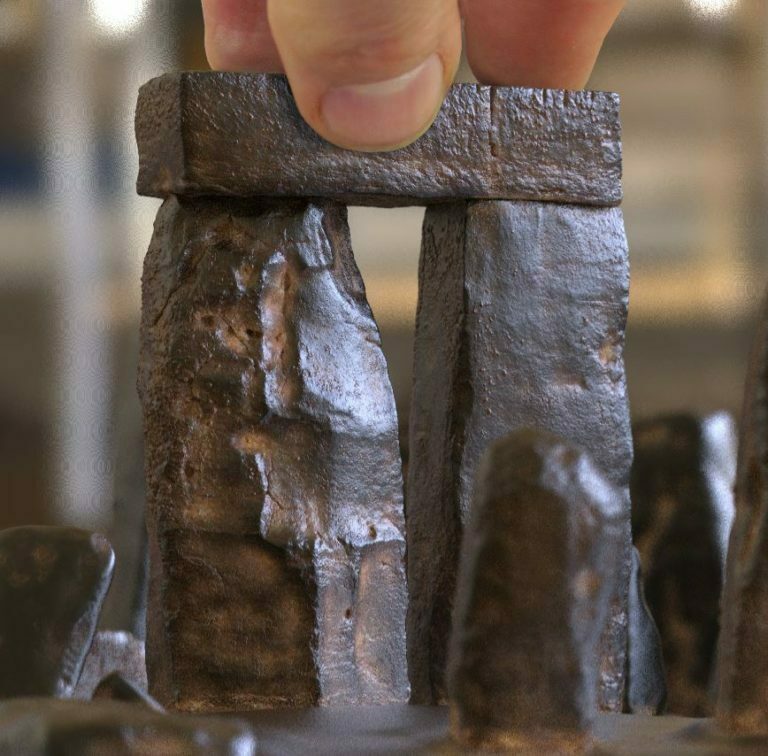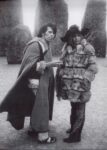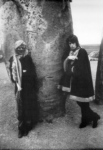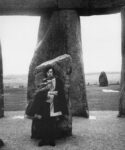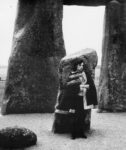To compare the sizes of the Stonehenge model full set. These are renders from the models, comp’d in Photoshop.
- 76th scale model miniature is 8.3cm or 3.3 inches high (T2) x 59cm or 23.2 inches in diameter.
- 35th scale model replica is 18cm or 7 inches high (T2) x 128cm or 50.4 inches in diameter.
- The real thing is 632cm or 20 feet 8 inches high (T2) x 4480cm or 147 feet in diameter – around 10% further out than the outer stone circle to contain the fallen stones, too.
Update late spring 2019! There are four sizes. Pocket sized to full dining table size. (Not to mention Stonehenge for gardens – but they’ll be later.)
There’s a full clear dust cover, many different materials: gold, clear, bronzed… You could pick different materials for the sarses and the bluestones. Maps, too for the base. For more Stonehenge close ups of the details. Also, bookends wallhangings, as well.
Here are a few thumbnails from these pages…
Stonehenge replica models
These are photoshopped renders from the models, hand for scale… The rusty iron patina is very close to the model prototypes I’ve made already. Rust, naturally varies in strength and its choice of where it’ll work its magic. I also have total rust versions, that I’ve left unwaxed and outside. They’re gorgeously red all over. But, not everybody would want that. So, I’ll supply a light rust, unwaxed as the default. From there it’ll be up to the owner if they oil, wax or leave it as is or make it rot further. It’ll never totally rot, as it’s plastic. I’ll add a section on rust patinas, with photos of effects and descriptions of processes, later.
35th scale models – exhibition sized reproductions

At this size: 128cm 50½ inches in diameter is perhaps a little large for a home. But for display purposes, for an office, it’s fantastic.
If you really want to show off, this is the Stonehenge replica size for you.
76th scale 3d models – desktop replica

A desktop sized Stone Circle recreation. 59cm or 23.2 inches in diameter. A great size for your average pagan altar.
I should point out that at the time of rendering of these models, only Trilithon Two is complete and absolutely, gobsmackingly, perfectly accurate. Trilithon One and Four are one iteration away from complete, other stones vary in completeness – essentially they are only placeholders and I’ve tried to knock them into ‘out-of-focus’ and concentrate the depth of field on Trilithon Two.
The base(s) to the models
I haven’t worked on the model’s base, yet. It’ll be at the end of the project. And, I’ll be offering several versions. Grass, lush and wild. Grass, dry and worn. Gravel as it was in the 50s and 60s. I’ll consult with collectors to get to the best answers.
And of course, when Stonehenge was proud but wounded, before the repairs of the 20th century, when it was held up with sticks. But, that’ll be much further into the future. And of course, I’ll make it as much as possible that you’ll be able to have your already owned stones reusable in these ‘sticks’ versions.
Plinths
I should mention, too, that there’ll be plinths for the models, wooden, probably. I’ll make a range, different woods varnished or not. And perhaps a resin cast legend, or other graphics that will wrap around the plinth. I guess there’ll be a few different ones.
Characters for the diorama
Then, there are extra dragons, giants, fairies, witches, neolithic characters: shamans, sacrifices, heads on sticks… Druids too. All done to scale. This is, after all, why I’m here.
In this way pretty much each of these models will be bespoke, individual, gorgeous pieces of art.
Here’s The Rolling Stones, reportedly high on LCD, at Stonehenge, with the 1960’s gravel circle.
